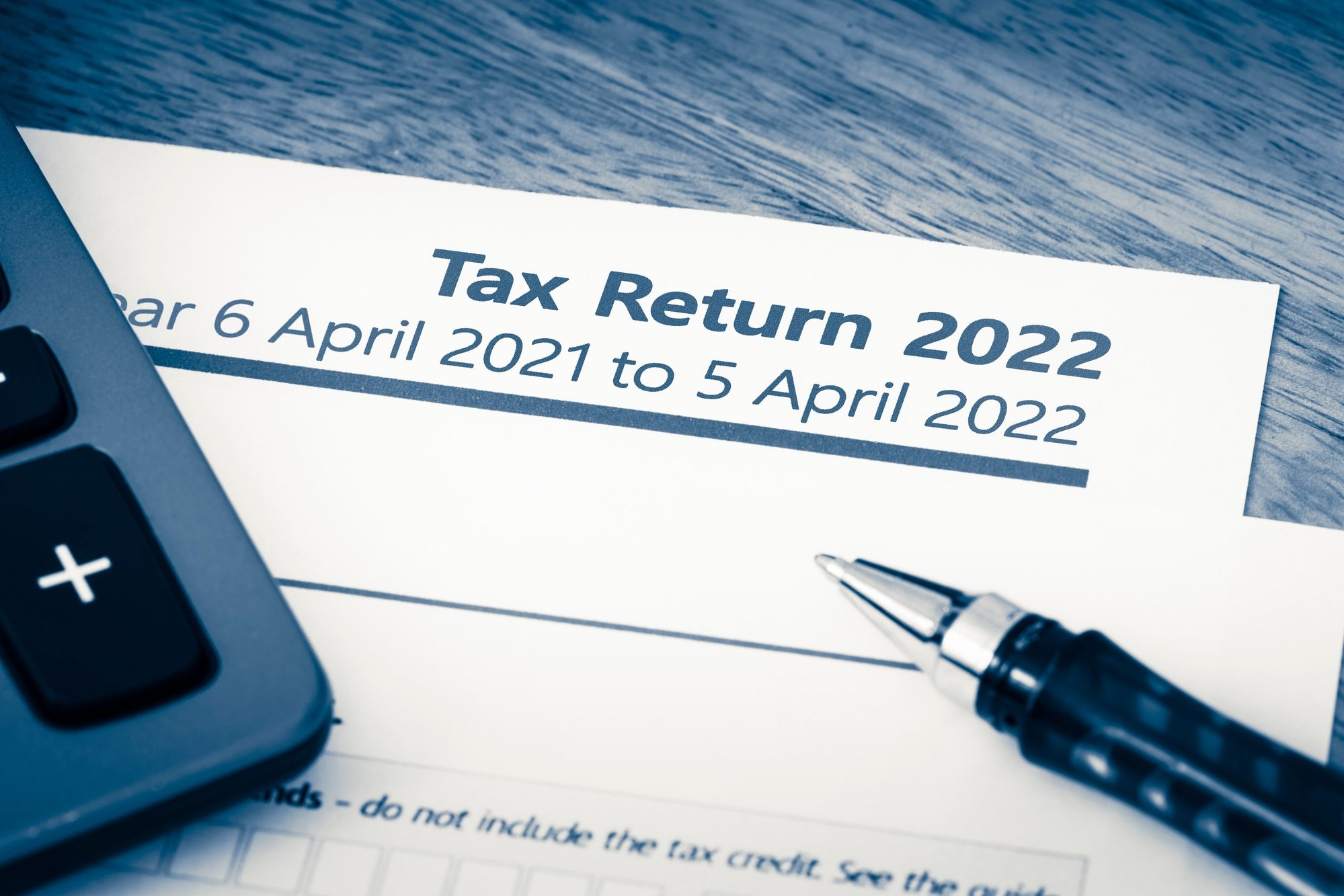A Beginner's Guide to Self Assessment Tax Returns
If you're a self-employed individual or receive income from sources other than your main employment, you may be required to complete a self-assessment tax return. This can seem daunting if you're unfamiliar with the process, but it's important to file accurate tax returns to avoid penalties and ensure compliance with UK tax laws. This beginner's guide will walk you through the basics of self-assessment tax returns.
Who Needs to File a Self Assessment Tax Return?
The first step in understanding self-assessment tax returns is to determine whether you need to file one. If you're self-employed, receive income from rental property or investment, or have income that isn't taxed at the source, you'll likely need to file a tax return. If you receive Child Benefit and you or your partner’s income is over £50,000 you may need to complete a return and pay the High Income Child Benefit Charge. Additionally, if you earn over £100,000 per year, you'll be required to file a tax return, regardless of your income sources.
How to Register for Self-Assessment
If you determine that you need to file a self-assessment tax return, the next step is to register for self assessment with HM Revenue & Customs (HMRC). You can register online or by post, but it's important to register as soon as possible to avoid penalties. Deadlines for registering for self assessment typically before October 5 following the tax year.
Gathering the Necessary Information and Records
Once you've registered for self assessment, you'll need to gather the necessary information and records to complete your tax return. This includes income information from all sources and any relevant expenses that can be deducted from your income. Keep accurate records of your income and expenses throughout the year to make the tax return process easier.
Completing the Self-Assessment Tax Return
The self assessment tax return form is divided into sections for income, expenses, and tax calculations. You'll need to enter your income from all sources and any allowable expenses to arrive at your taxable income. You'll then calculate your income tax and national insurance contributions based on your taxable income. If you're eligible for tax credits or other deductions, you can claim them on the tax return form.
Submitting the Tax Return
Once you've completed your tax return, you'll need to submit it to HMRC. You can submit your tax return online or by post, but it's important to meet the submission deadline to avoid penalties. You’ll normally need to submit your self assessment before 31st January following the tax year.
Paying Tax Owed
If you owe tax after completing your self-assessment tax return, you'll need to make a payment to HMRC. You’ll normally need to do this by 31st January following the tax year.. You can make a payment online, by phone, or by post. It's important to pay any tax owed on time to avoid penalties and interest charges.
Self assessment tax returns can be complex, so while it’s important that you understand the process, hiring a professional can save you a lot of time and money, as well as some headaches.
Nothing on this page is intended to be or should be construed or taken as accountancy, investment, tax or any other kind of advice. We recommend individuals and companies seek professional advice on their circumstances and matters.

